Product Consultation
Your email address will not be published. Required fields are marked *
The antiviral mechanism of antiviral yarn may vary in different products. Generally, these two mechanisms—physical barrier and chemical reaction—are not mutually exclusive, but can complement and cooperate to enhance their antiviral effect.
In terms of physical barrier, the design of antiviral yarn emphasizes preventing the spread of viruses through the arrangement density, weaving structure or surface coating of its fibers. When the density of the yarn is high, it is more difficult for virus particles to penetrate the fiber surface. This physical barrier can effectively reduce the contact between airborne virus particles and people. For example, some antiviral yarns may limit the chance of virus particles spreading in the air through a tighter weave. In addition, the use of special fiber structures, such as ultrafine fibers, can also increase the surface area and improve the ability to capture viruses. Physical barrier mainly relies on the physical properties of the fiber itself, rather than the action of chemicals, and can reduce the spread of viruses to a certain extent.
In terms of chemical reaction mechanism, antiviral yarns usually contain special antiviral ingredients, such as nanosilver, nanocopper, nanozinc or other metal ions, or are treated with chemical processes to make the fiber surface have antiviral activity. These antiviral ingredients can react chemically with the virus's shell, protein or genetic material, thereby destroying the structure or function of the virus. For example, nanosilver and nanocopper have natural antibacterial and antiviral properties. They can react with the cell wall of the virus by releasing silver or copper ions, causing the virus's outer membrane to rupture and inhibit its activity. Through this chemical mechanism, antiviral yarns can kill viruses and even prevent them from entering host cells to replicate.
In many advanced antiviral yarns, physical barriers are often used in combination with chemical reaction mechanisms. For example, the surface of the yarn may be chemically treated to enhance its antiviral properties while maintaining the structural density and function of the fiber. This multiple protection mechanism can provide more comprehensive virus protection, especially in high-risk environments such as medical facilities, public transportation, and places with high density of people.
For the durability of antiviral yarns, chemical reaction mechanisms are usually more durable than physical barrier mechanisms. Because chemical components usually react with viruses for a long time, while physical barriers may reduce their effectiveness over time, washing or wear. For example, the physical barrier effect of antiviral yarns may weaken after multiple washings, but if its chemical antiviral components are properly designed, they can maintain certain antiviral properties even after washing. Therefore, many high-quality antiviral yarn products will adopt composite functions in design, that is, combining physical barriers and chemical reactions to ensure long-term stability of the antiviral effect.
The application of antiviral yarn is not limited to personal protective equipment, such as masks, gloves, clothing, etc., but can also be extended to daily necessities such as bed sheets, curtains, home decoration, medical equipment, etc. Through these products, antiviral yarn can play a role at multiple levels to reduce the risk of virus transmission. The actual application effect of these yarns also depends on the durability of their antiviral function and the actual virus concentration in the use environment.
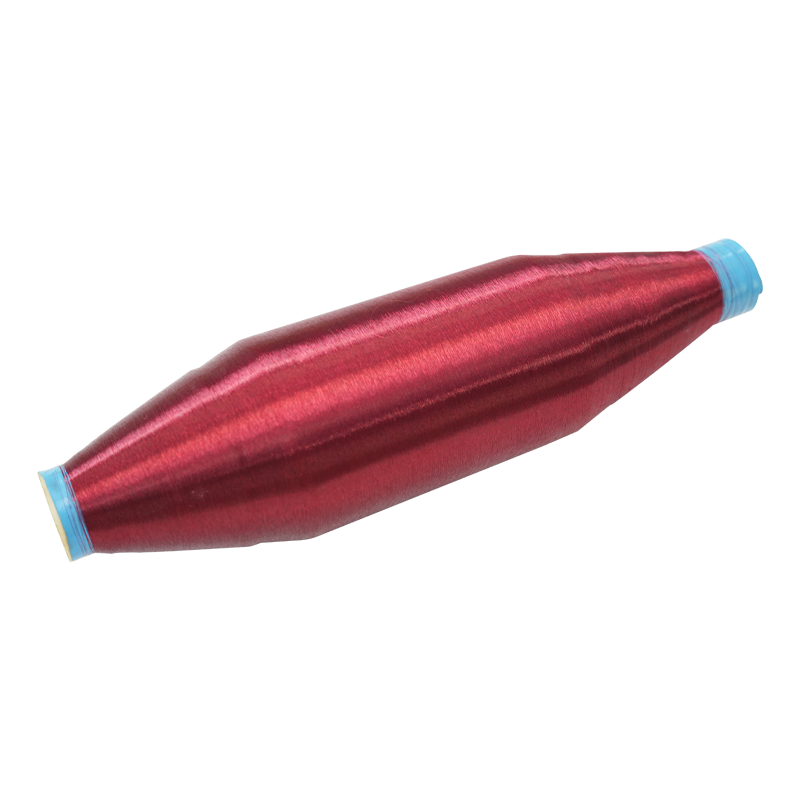
Are there any carbon footprint reduction or other environmental protection measures in the production process of antiviral yarn?
2024-12-16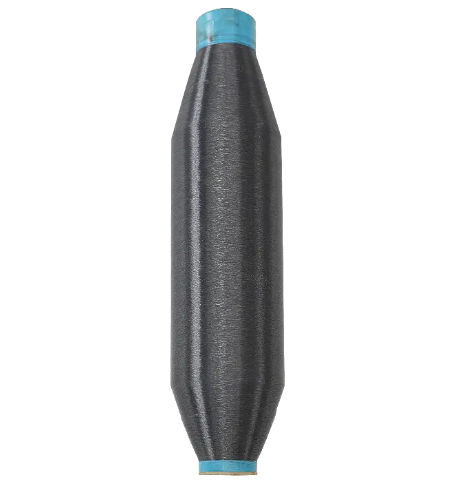
Which applications are suitable for using biodegradable yarns?
2025-01-02Your email address will not be published. Required fields are marked *
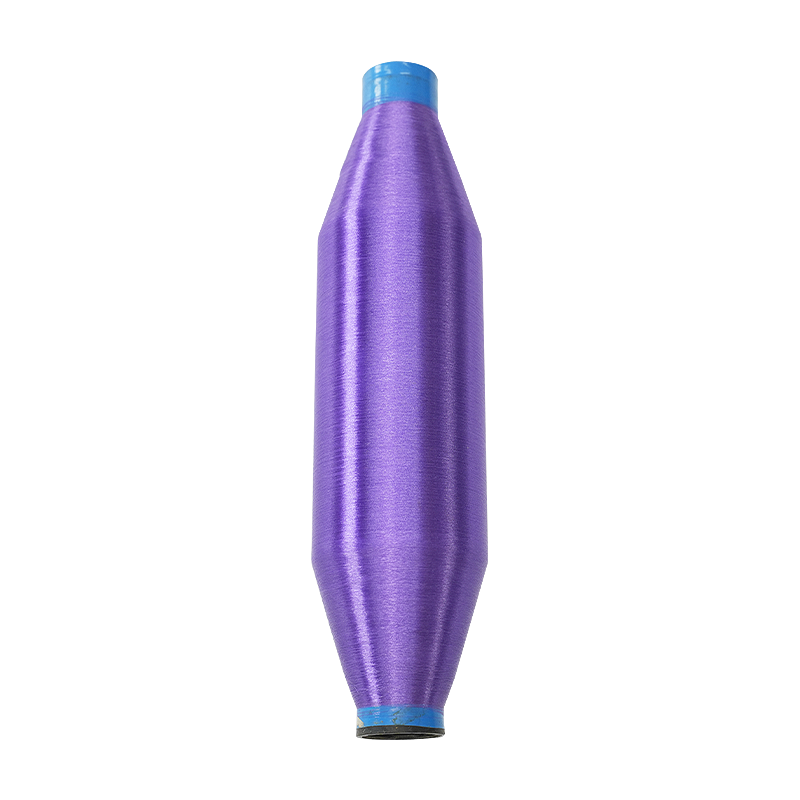
Single Strand Biodegradable Yarn is a single-strand structure, consisting of a single fiber bundle with no multiple strands tangled together. This structure makes the yarn softer, and smoother and exh...
See Details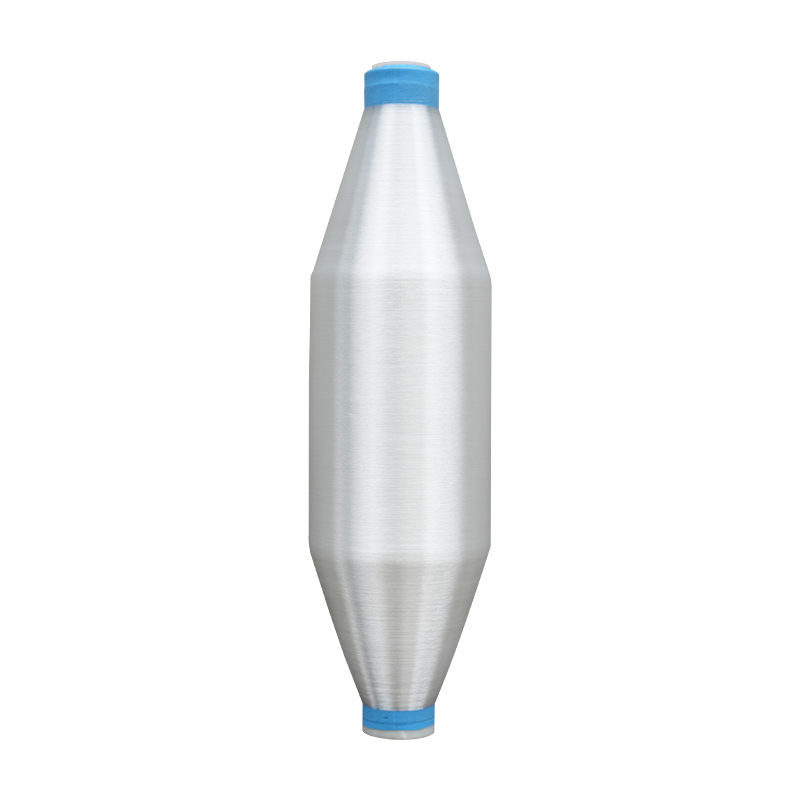
60D woven Antiviral Yarn is thin overall and suitable for making light and soft textiles. Nylon fiber has a soft feel and good breathability. This yarn is usually used to weave fabrics and can be made...
See Details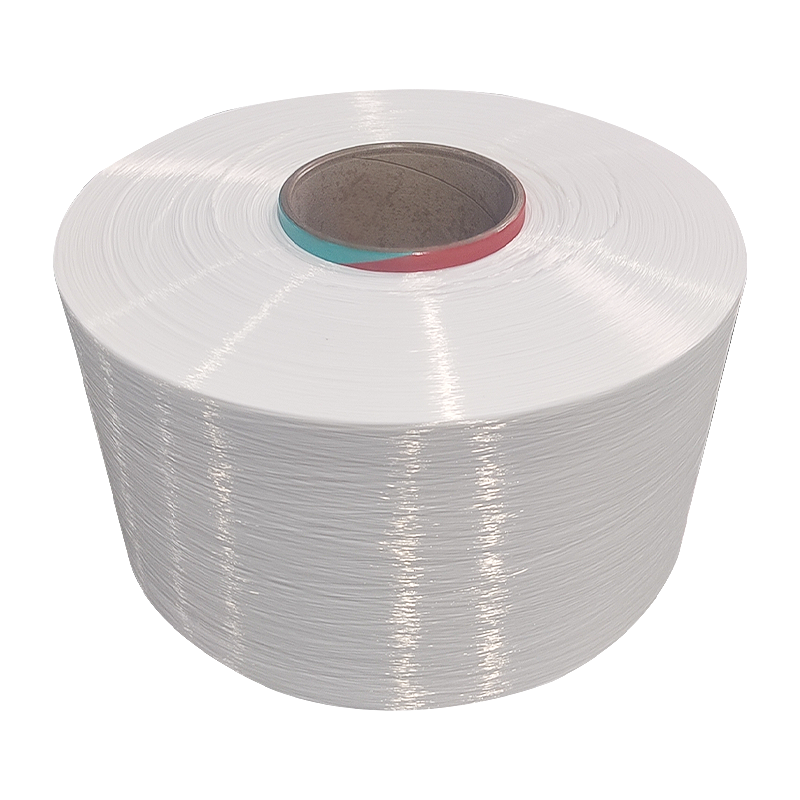
The diameter of Durable woven nylon mother yarn is 240D, the fiber thickness is medium, and it is suitable for the manufacture of a variety of textiles. This product has good tensile strength and will...
See Details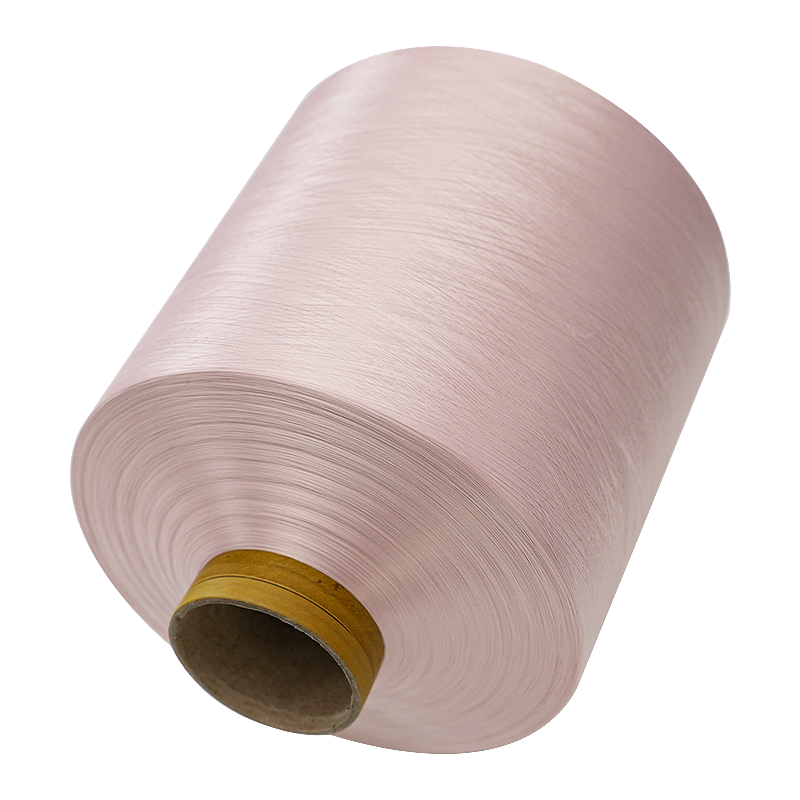
Double-strand nylon elastic yarn is a composite yarn composed of two strands of yarn. It has high strength, maintains stable performance even in a stretched state, and is not easy to break or deform. ...
See Details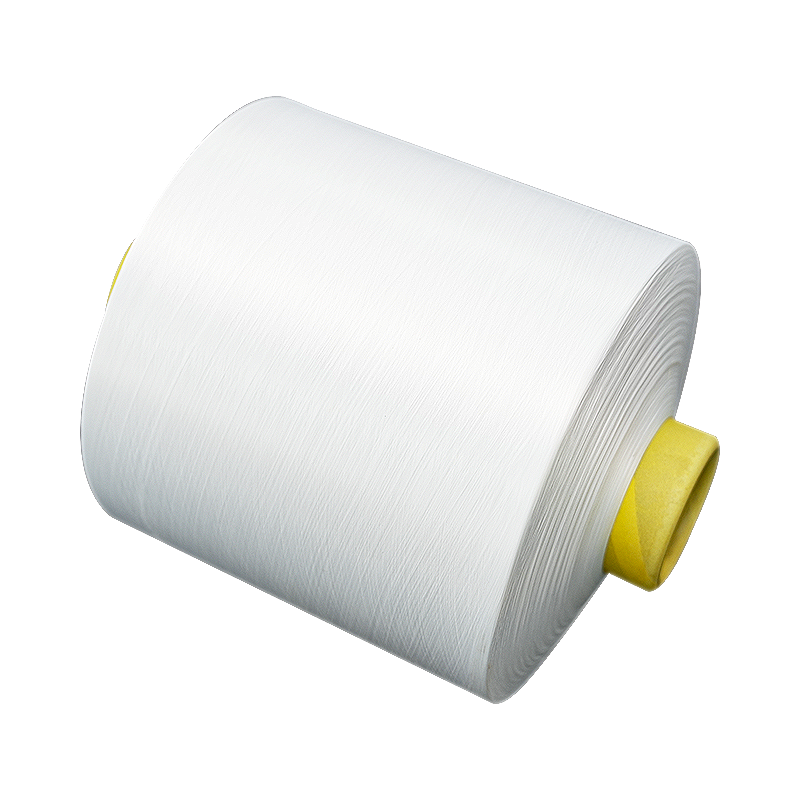
100D Nylon Elastic Yarn has a moderate thickness and good dyeing properties, which can achieve uniform and durable dyeing effects, making textiles bright and long-lasting in color. A yarn frequently u...
See Details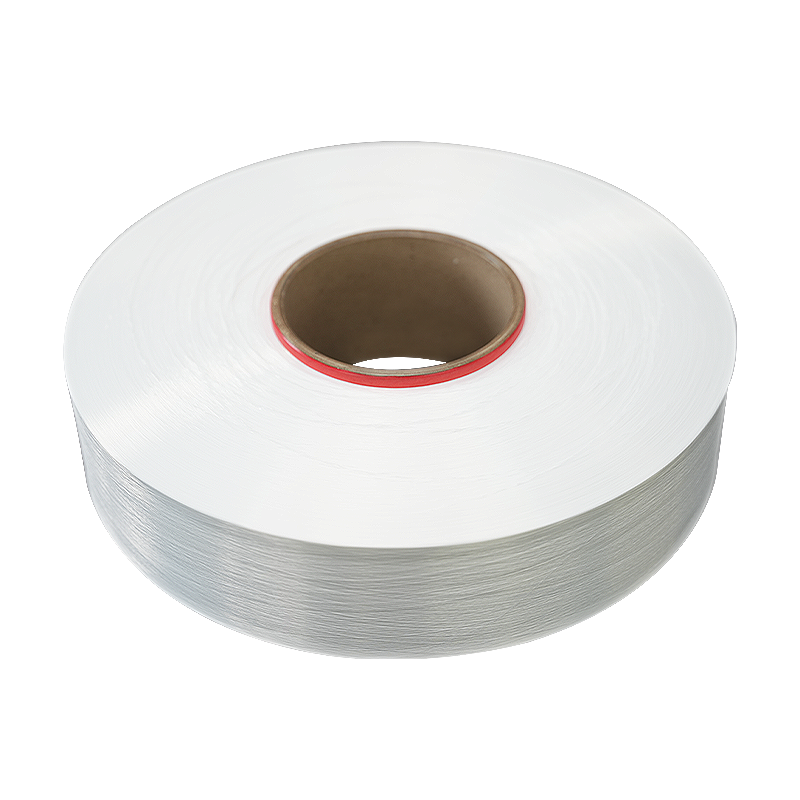
Polyester blended FDY yarn is a standard 50D yarn made from a blend of polyester and nylon. It combines the characteristics of both fibers and has durability and breathability. It has a wide range of ...
See Details
Nylon composite yarn has high strength and toughness. Textiles made with Nylon composite yarn have good stretch resistance and tear resistance. This yarn has a wide range of applications and can be us...
See Details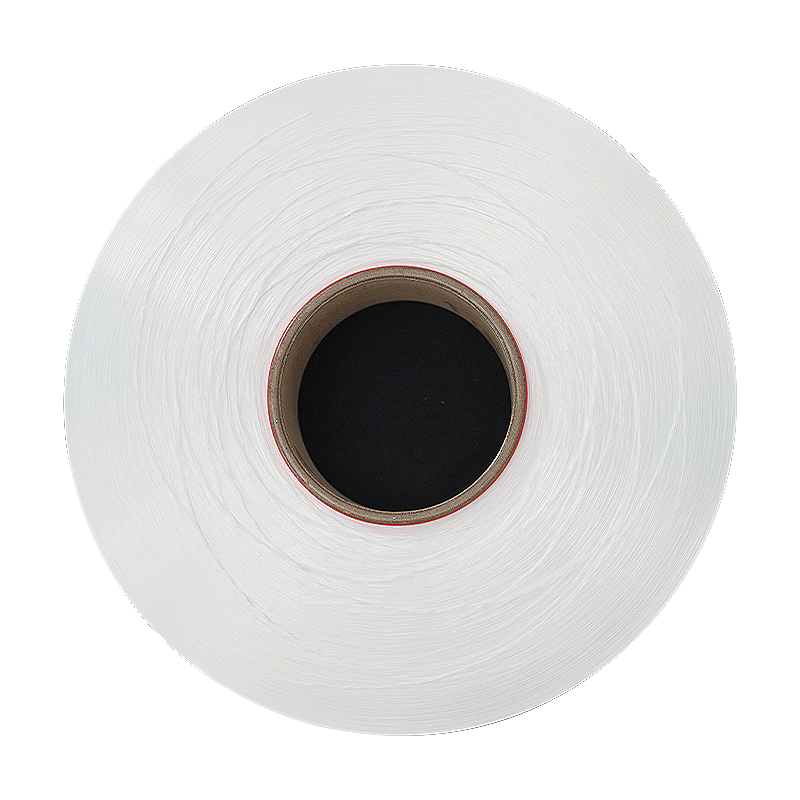
Fully stretched polyester blended yarn is made of a blend of polyester and nylon. Polyester itself has good wear resistance. After full stretch processing, the strength and softness of the yarn increa...
See Details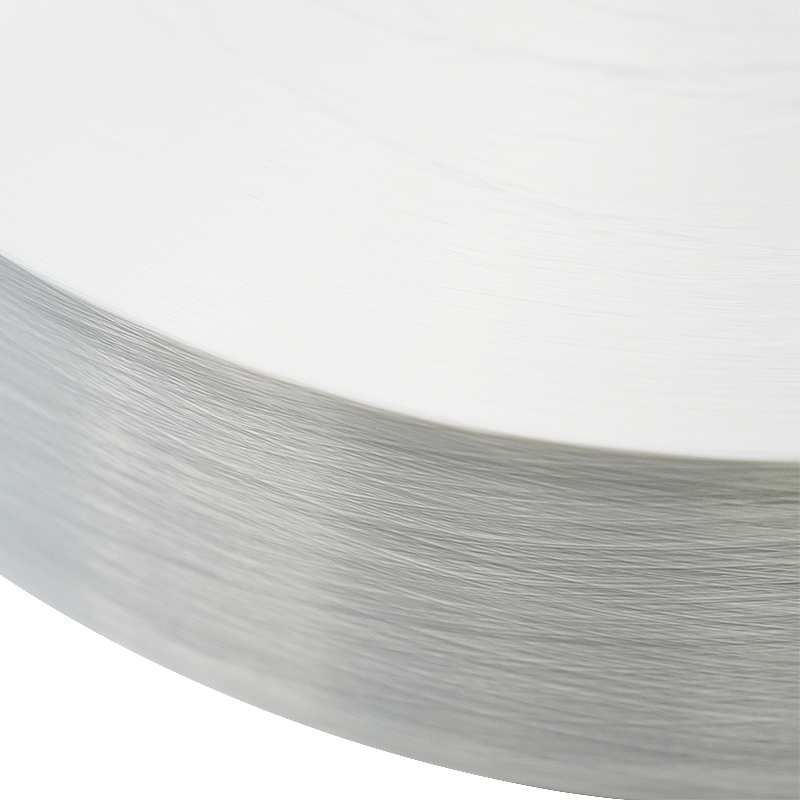
210D Polyester Nylon Composite FDY yarn is a composite fiber yarn. FDY is a mixture of polyester and nylon fibers. It combines the advantages of the two fibers, the abrasion resistance of polyester an...
See Details
Low-melt textile FDY yarn can bond with other fibers at a certain temperature to form a strong fabric structure. This property makes it ideal for manufacturing synthetic or reinforced fabrics. This ki...
See Details
Composite woven FDY yarn mixes different types of fibers and has good wear resistance. The fabric made is not easy to wear and is suitable for long-term use. Composite woven FDY yarn has a wide range ...
See Details
Composite fiber yarn for textile use consists of 48 monofilaments. Relatively thin and composed of multiple filaments, it adds softness and texture to the fabric. This product is suitable for the manu...
See DetailsAddress: Duntou industrial park, haian county, nantong city,jiangsu province ,China.
TEL: +86 15850491859
E-mail: sales-betty@hsnylon.com
If You Are Interested In Our Products, Please Consult Us